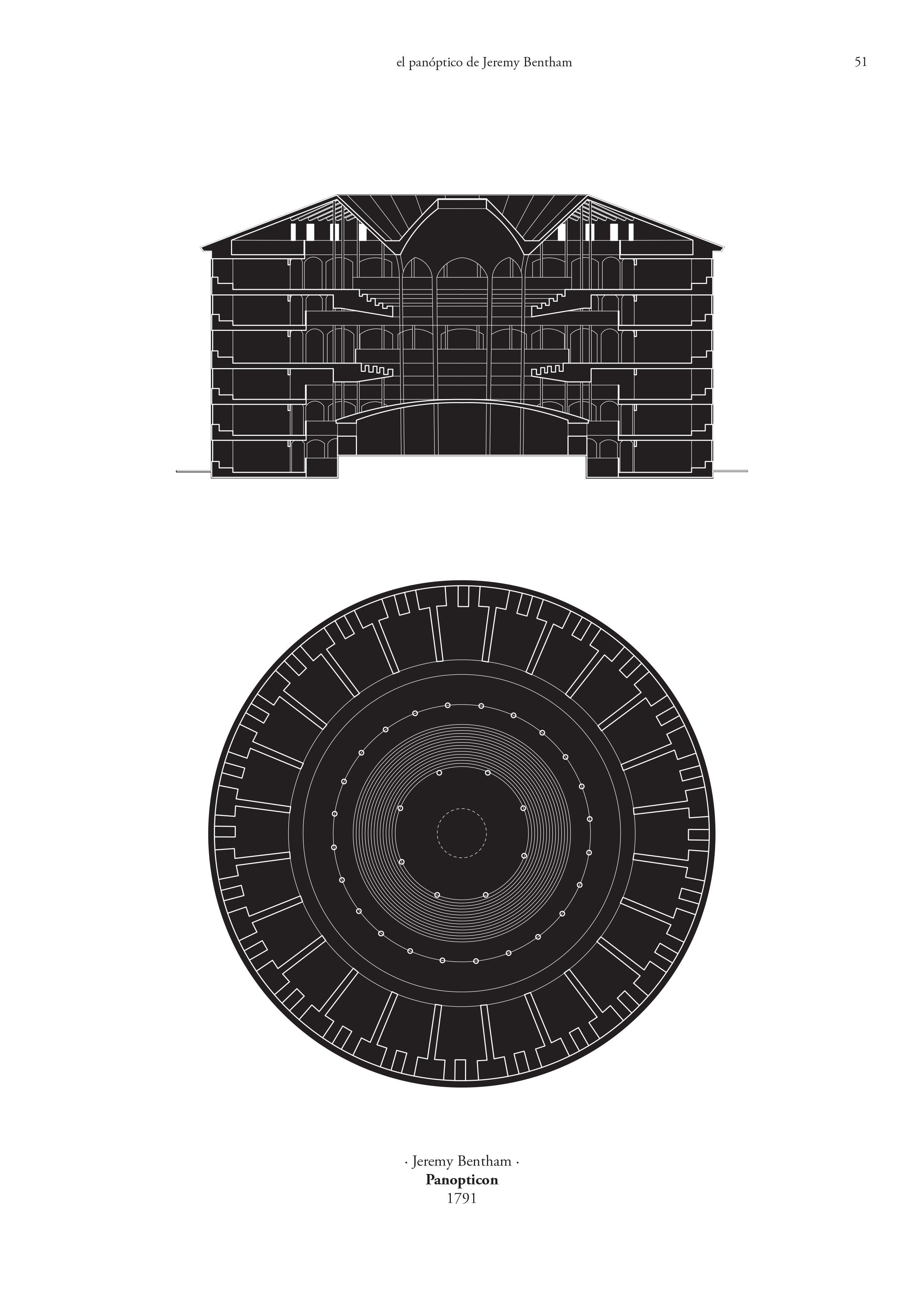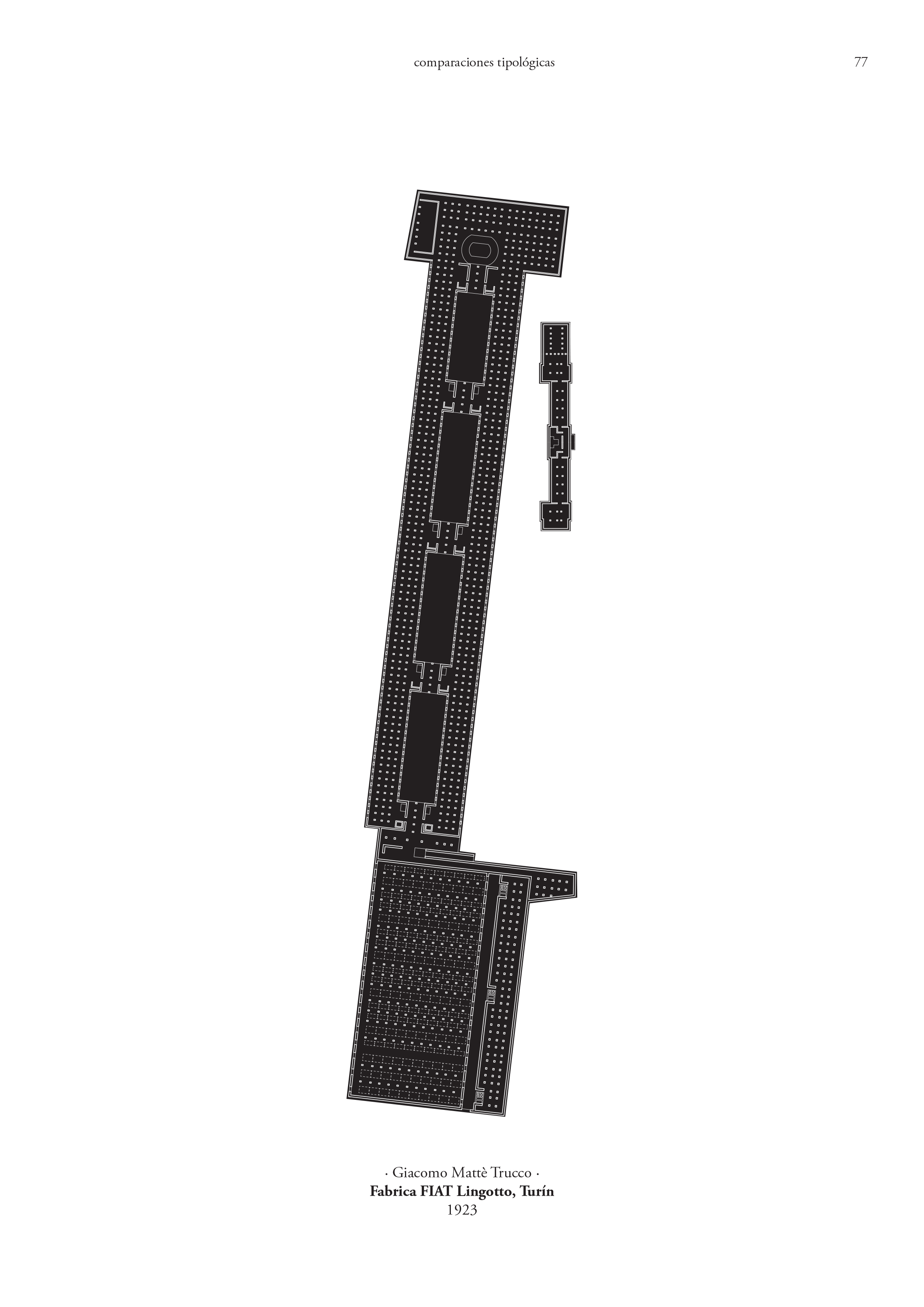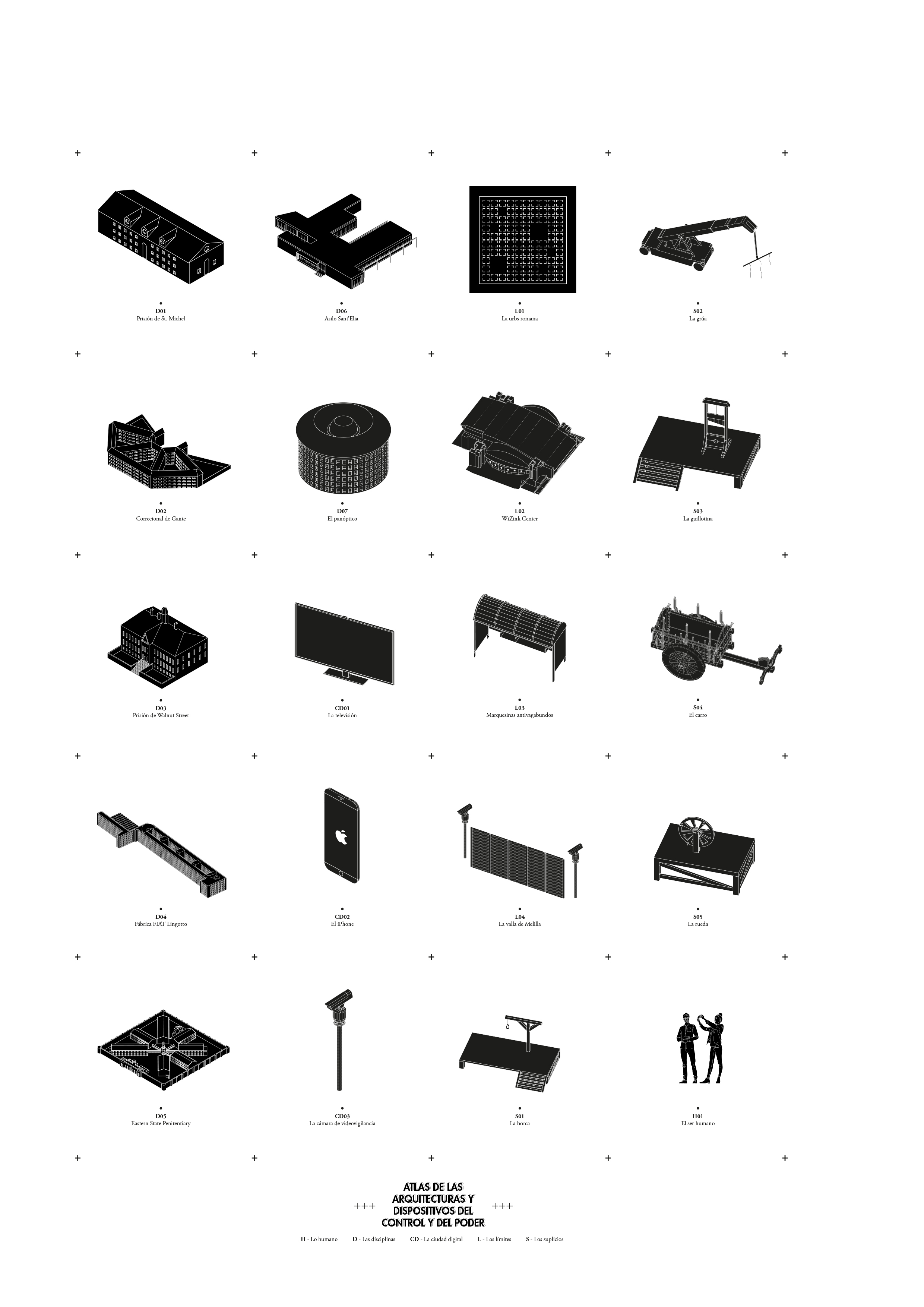



+
Punish and Surveillance
BSc Final Thesis
2016
The turn between the 18th and the 19th century involved a lot of changes in Europe in the social, cultural and intellectual spheres of society. During this period a whole new group of strategies were applied in order to fight against ignorance and superstition through knowledge and science.
In this moment, and because positivism was also applied to buildings and cities, architecture is stablished as the main device that ensures full social control, substituting the open spaces where public punishments were displayed during previous centuries. These rituals were not considered necessary anymore, and institutions based in the use of discipline intensified their activity. Violence was in this moment substituted by positivism as the main way of keeping people over control.
Different institutions and organisations appeared then pretending to control people by building knowledge on them, and architecture was used as the main way to guarantee it. Diverse typologies like prisons, schools, factories or hospitals showed up and, even though they had very different purposes, they all shared the same strategies and ways of performing. They all act as productive architectures that optimise the outcome that power can obtain through surveillance, spatial organisation and time control from those people that inhabit their spaces, whether the results are goods, knowledge, culture or health.
So we would like to ask ourselves just one question:
Can architecture and the city be understood as devices systematically used to ensure social control?
![]()
![]()
Punish and Surveillance
BSc Final Thesis
2016
The turn between the 18th and the 19th century involved a lot of changes in Europe in the social, cultural and intellectual spheres of society. During this period a whole new group of strategies were applied in order to fight against ignorance and superstition through knowledge and science.
In this moment, and because positivism was also applied to buildings and cities, architecture is stablished as the main device that ensures full social control, substituting the open spaces where public punishments were displayed during previous centuries. These rituals were not considered necessary anymore, and institutions based in the use of discipline intensified their activity. Violence was in this moment substituted by positivism as the main way of keeping people over control.
Different institutions and organisations appeared then pretending to control people by building knowledge on them, and architecture was used as the main way to guarantee it. Diverse typologies like prisons, schools, factories or hospitals showed up and, even though they had very different purposes, they all shared the same strategies and ways of performing. They all act as productive architectures that optimise the outcome that power can obtain through surveillance, spatial organisation and time control from those people that inhabit their spaces, whether the results are goods, knowledge, culture or health.
So we would like to ask ourselves just one question:
Can architecture and the city be understood as devices systematically used to ensure social control?

